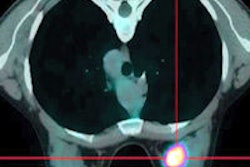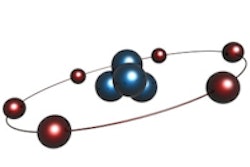Dear Molecular Imaging Insider,
We've posted two brand new reports in your Molecular Imaging Digital Community today that you won't want to miss.
First up is a study conducted at Johann Wolfgang Goethe University Hospital in Frankfurt am Main, Germany, which found that combined FDG-PET/CT is of great value in suspected cases of recurrent breast cancer and for accurate staging of metastatic disease. The technique can have a major impact on further therapeutic planning in these patient groups, the Egyptian-led team believes. To read more, click here.
We also have an article from this month's Particle Therapy Co-Operative Group annual meeting. Keynote speaker Martijn Engelsman, PhD, from Delft University of Technology in the Netherlands reckons that introducing imaging techniques into the proton therapy workflow can improve treatment accuracy. He spelt out how proton therapy can benefit from various image-guidance techniques. Get the story here.
Researchers from the same institution in Delft have been focusing on detectors for use in time-of-flight PET. This equipment must offer high detection efficiency, good spatial and energy resolution, and excellent timing resolution, as well as provide depth of interaction information. To read about the progress being made in this area, click here.
PET/MRI is technically quite demanding, but it has important advantages over the combination of PET and CT, particularly in terms of soft-tissue contrast, said Dr. Karsten Beiderwellen from the Institute of Diagnostic and Interventional Radiology in Essen at the 94th German radiology congress, DRK, in Hamburg. Click here to find out more.
Meanwhile, Swiss investigators have discovered that adding body-coil image acquisition to PET/MRI does not entirely match the diagnostic accuracy of standard low-dose PET/CT, and may only serve as a backup scanning option in a few oncology patients. Click here for the details.
This is only a small sample of articles that have appeared recently in the Molecular Imaging Digital Community. For the full list, see below.




















